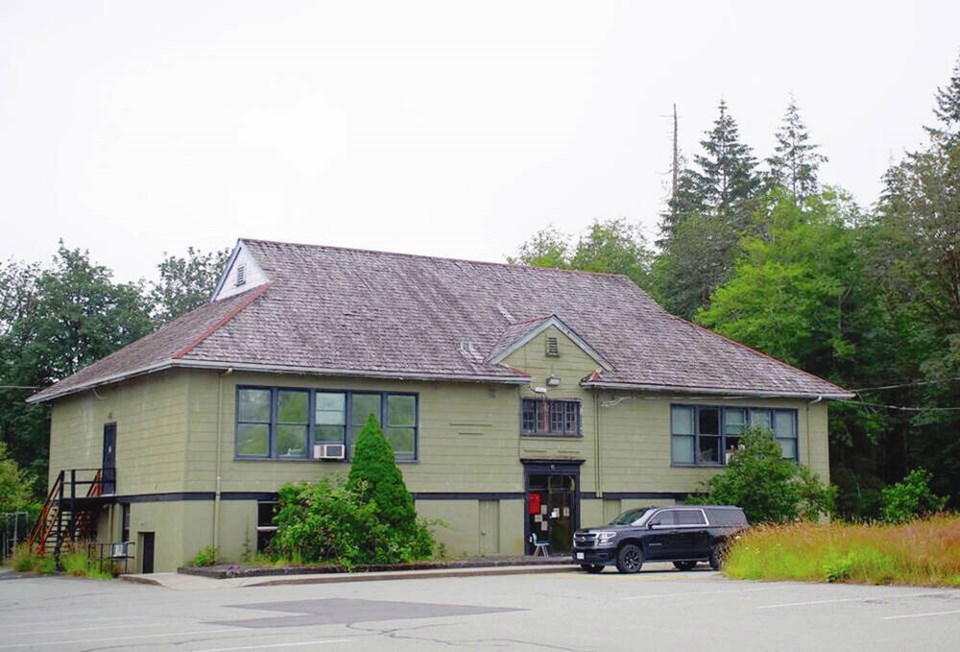The federal government is providing another $2.7 million to the Tseshaht First Nation for ongoing work to investigate what happened to children who attended the former Alberni Indian Residential School.
The funding brings the total federal contribution to the nation to more than $3.2 million for the work, which began in 2021 and is now entering its second phase.
Elected Chief Councillor Ken Watts said this week that difficult work is ahead, including additional ground-scanning, delivery of records to the families of those who died at the school, and “honouring of those lost and those still with us.”
Minister of Crown-Indigenous Relations Gary Anandasangaree said Tseshaht First Nation is doing difficult but critically important work to find answers for those affected by the Alberni institution.
“Canada will continue to support communities undertaking this solemn work to find the children who did not return from residential schools, to continue to address the legacy of the residential school system, and to heal.”
During the initial phase of the work, the nation announced that ground-scanning had identified 17 possible unmarked graves.
A total of 67 students are believed to have died during their time at the school, which ran from 1900 to 1973 and was attended by children from 70 nations in B.C. Not all of the dead have been identified.
The second phase includes deconstructing Caldwell Hall, a part of the school that Watts believes was used for classrooms.
On Sept. 30, the nation, which has 1,250 registered members, hosted a 50th anniversary celebration of the closure of the residential school. The federal government said at that time it would pay for deconstruction of the hall.
The second-phase work will also include taking records in person to families of the 67 children who died during their time at the school, he said.
“Our intent is to deliver those records over the next year to those families,” he said. “It didn’t feel right to say: ‘You have to come here to get them’ so we will be travelling a bit.”
Some of the families will also want to come to the Island to visit the site, said Watts, who called figuring out who to contact and ensuring supports are available to them a big task.
Additional field work using geophysical search technologies will also be part of the second phase and into the future, he said. “This is a long-term project,” he said.
“But it’s important work. We always say it is a sacred responsibility to do this work given than it is in our backyard, our territory.”
At the same time, Watts said, “there’s no book on how to do this … We are learning as we go along.”
That includes supporting other nations in figuring out how to carry out the work, he said, noting the Tseshaht’s plans include forging partnerships and protocols with other organizations to assist with ongoing research. The Tseshaht are among 14 nations making up the Nuu-chah-nulth Tribal Council.
There are also plans for a memorial for the 67 children who died to be erected. Watts said it will be designed so names can be added.
A survivors’ working group is providing input for the memorial and the nation will work with an architect to come up with a design, he said.
The nation has already received about $100,000 toward the memorial, he said, with donations coming from local residents and businesses and from corporate donors.



